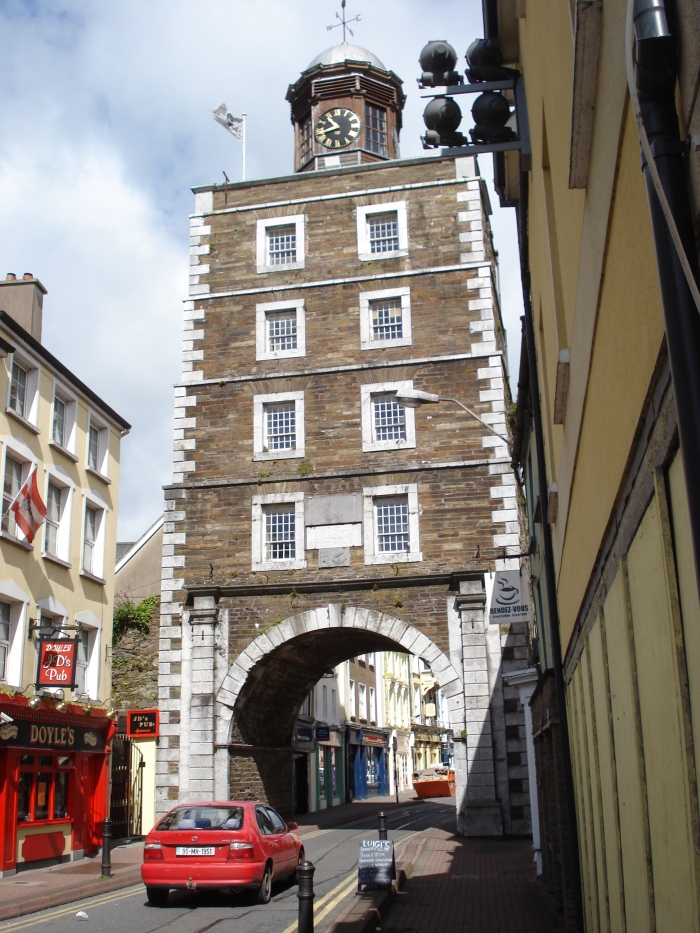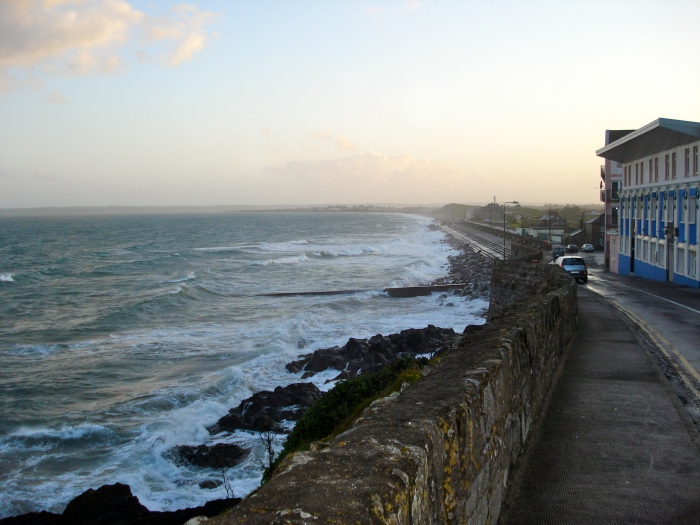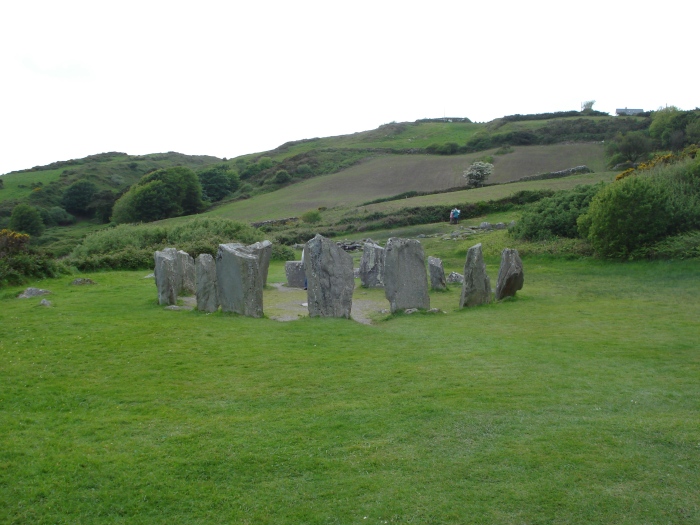Family History travel for the Non-Genealogist
First a disclosure–I am a family historian and amateur genealogist, but this article is not for more serious genealogists. There are more articles than we could count that address travel for the genealogist, following the obscure twigs of their family trees. Those genealogists traipse through overgrown cemeteries and churchyards, peering at worn and broken stones, pore over dusty records in dusty libraries and courthouses, and knock on the doors of complete strangers in hopes of finding the opening in the brick wall of their research, which is already delving into many generations back in their family tree.
(Yes, I know there is the Internet now, and that millions upon millions of records have been digitized and are available at the touch of a key. Back in the day–my uncle’s day to be precise–you had to go to the courthouse or the like, and dig through records. If you were in the wrong courthouse, tough luck. That said, some records are still not digitized or even available for research in any form.)
This article is for the traveler who looks for a little more meaning in an otherwise impersonal place. In other words, it is for the person who knows a little about their family origins and wants to see and touch a little of their personal history. It may be a distinction without a difference, or a difference in shades of dedication.
As an aside, if you are not the genealogist who really knows a lot, and you go traipsing through overgrown cemeteries, be prepared to be disappointed. We spent way too much time doing that and were very disappointed. Overgrown, insect infested cemeteries are not the most pleasant places to spend your time, and if you can’t read the inscriptions, it is pretty miserable. Don’t expect to find anything if you don’t have some confidence that you are in right place. It can be a very frustrating experience. At least in Ireland, there are no snakes, or so I am told.

On the other hand, if you do decide to traipse through some random cemetery in hopes of seeing that one in a million gravestone, help may come along in the form of a local resident. We met interesting people doing just that. One was a lady who took us to her house to show us a database on her computer of every headstone and memorial in that cemetery. Unfortunately, none of the families could be linked to the one we were trying to locate. Another lady took me to the home of the groundskeeper of a (different) cemetery. Both the lady and the groundskeeper said they could not place the family name we were looking for there, but they were friendly, helpful and happy to share their time.
I took my mother to Ireland 10 years ago–it was one of the trips she and my dad wanted to take and never got around to. Mom’s great grandmother was Irish–she immigrated as a very young woman in 1871. This remarkable woman raised Mom’s mother and her brothers when their own mother was not able to care for them. We knew the name of the town she was from, but that was all. We visited some churches in some towns we knew were associated with Laura–that was her name–and found a memorial or two with a family name. It wasn’t much but it moved Mom to say “I really feel like I have been back to the old sod now.”

It heightened our appreciation for the place, the very ground we walked on, even if we couldn’t focus on a house or street or graveyard. This was where we came from. Without that lens, it is a pretty ordinary Irish fishing village, one that tourism has largely passed by. Through that lens, we found meaning in the narrow streets, the old stone walls, the piers, the tidal flats and the grounded boats.

A year later, we returned, this time with two of Mom’s granddaughters in tow, my daughter and my brother’s daughter, both young adults. The dynamics of the trip were very different. We covered some of the same ground, and lots of new ground. The girls wanted to see more and do more than Mom and I would have done if it were left to us. And with a little more research we knew more about Laura.
We learned the name of the street she was born on (Fishshambles Lane) and found an old map–today it is a parking lot for a pub, but the stone wall that formed the back of those houses is still there, backed up to the City Strand (a small beach sandwiched between a pier and buildings). My great-great grandmother always loved the sea and the beach. Now I know why.


A chance stop into the local library gave us a chance to look at old (1800s) photographs of the town and some of its environs, giving us a small glimpse into her life before immigration. We saw photos of the trains that came from Cork and in-land towns to the shore, full of day-trippers out to enjoy the wide sandy beach south of town. It makes sense that great-great-grandma would have done the same in New Jersey. Never underestimate the local library or town museum, even in the tiniest town–they may have lots of local history resources you won’t see in a history book, which will give you the flavor of the time your ancestors lived there. Or you might just get super-lucky (we didn’t) and see a photo with a name you recognize as being related.

We also went with the girls far afield to northwest Ireland, and found ourselves in Matty Malloy’s pub in Westport, where we met Mick Lavelle. Mick is a human iPod, he knows every Irish song ever written–or at least it seems like he does. Mom asked him if he knew “Galway Bay”, a sad Irish ballad she remembered from her childhood. They sang the song together, along with a few other voices. It is one of my endearing memories of Ireland with Mom. It brought home to me that genealogy is not all about places and dates, but about the sharing of experience over time. Who you are is not just in your genes, but in the memories passed down by your ancestors over the many years.
Another place we visited that trip was my first stone circle, the Drombeg Circle, in Ireland, County Cork. Thus began my love of stone circles and the Neolithic.

My history? Who knows? I do know that my mitochondrial DNA (passed mother to child, with small mutations along the way) came from this part of Ireland via that great-great-grandmother who immigrated to the US in 1871, and also that it likely traveled up the west coast of Europe from a refuge on the Iberian peninsula to Britain after the last ice age. Can memory of place or a “technology” be in your genes? I don’t know, but I do know that prehistoric stones and structures speak to me. I’ll take it.
And finally, the trip I haven’t taken yet. To Normandy, to the US cemetery above Omaha Beach and the forgotten cousin who died there on June 6, 1944. Definitely part of my family history, and a grave I will have no trouble finding!
